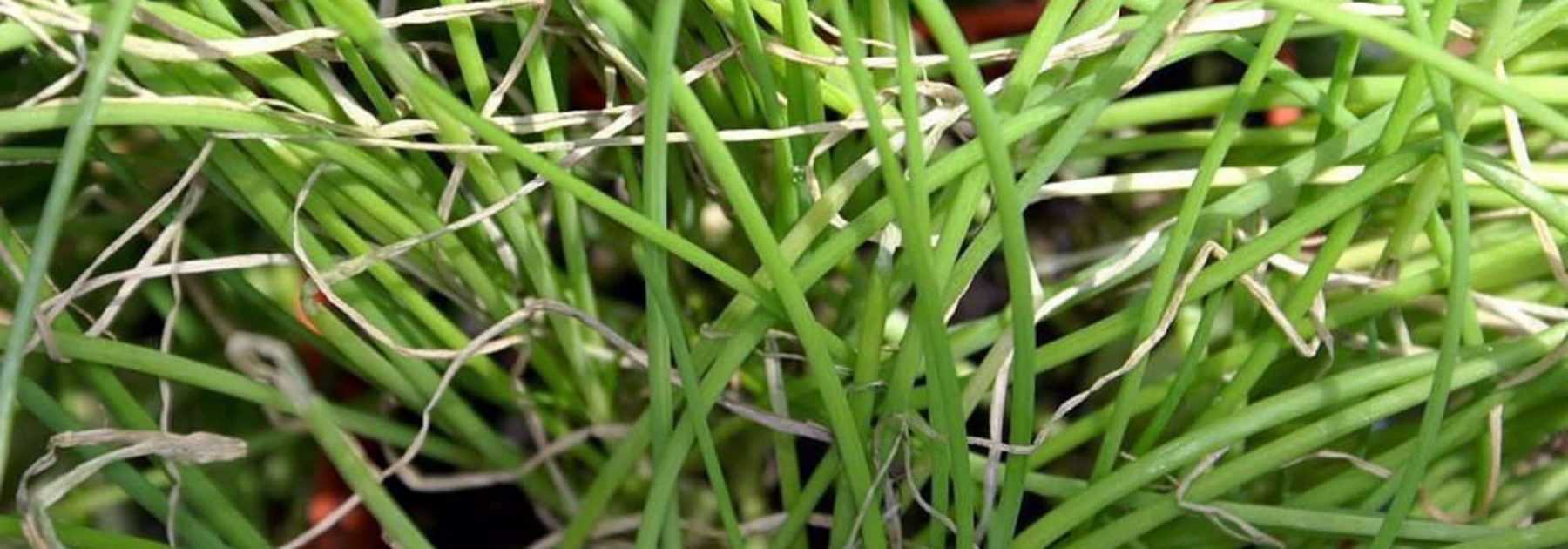
The Welsh Onion: Sowing, Growing and Harvesting
Contents
The Welsh onion in a few words
- Welsh onion (Allium fistulosum) is a perennial, herbaceous vegetable plant from the Allium family, with a milder flavour than onion or shallot
- Welsh onion produces clumps of cylindrical, fleshy and hollow stems
- It should not be confused with chives (Allium schoenoprasum) which have a more subtle fragrance
- It produces pretty inflorescences in tight creamy-white to mauve umbels in June and July
- Welsh onion adds flavour to many dishes such as omelettes, fish, sauces or salads
Our expert's word
The spring onion, also known as cive or cébette in southern France, is an aromatic and condimental plant, a cousin of onion, garlic, shallot and chives, all members of the Allium family.
Very easy to grow, the spring onion is a perennial plant that disappears in winter in colder regions only to re-emerge in spring. However, its foliage is evergreen in areas with a mild climate, allowing harvesting to continue. It produces clumps of long, hollow leaves that are harvested to flavour many dishes. The spring onion adapts perfectly to container cultivation.

Stems (©Wuyongheng) and flowers (©Rick888chen) of spring onion
The roots of the spring onion are more swollen parts than true bulbs.
This herbaceous plant enjoys cool, loose soil and sunny to partially shaded positions. It can be harvested 3 to 5 months after sowing as needed.
The spring onion should not be confused with chives (Allium schoenoprasum), from which it differs slightly in flavour and leaf shape. One may also encounter Chinese chives (Allium tuberosum) and Saint-Jacques chives (Allium lusitanum).
Description and botany
Botanical data
- Latin name Allium fistulosum
- Family Alliaceae
- Common name Welsh onion, spring onion, scallion, winter onion, Spanish onion, chiboule, fistulose garlic
- Flowering between June and July
- Height 30 to 50 cm
- Sun exposure sun and partial shade
- Soil type ordinary, well-drained and loose
- Hardiness down to -20°C
The Welsh onion is a herbaceous plant from the Alliaceae family (formerly Liliaceae) whose type genus is Allium. This family includes a large number of species such as the onion (Allium cepa), the leek (Allium porrum), but also cultivated garlic (Allium sativum), chives (Allium schoenoprasum), or even a wild species, wild garlic (Allium ursinum).
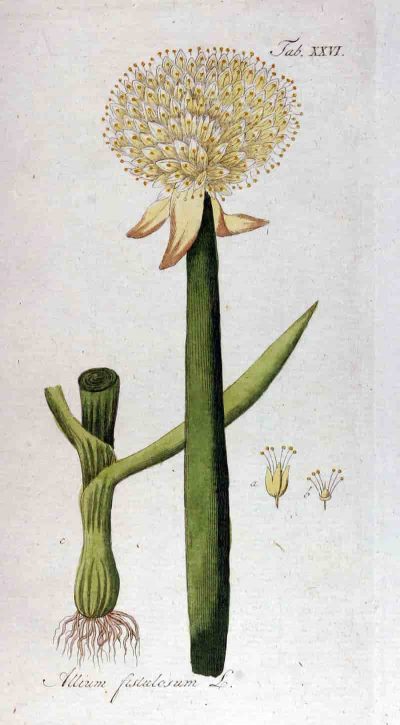
Botanical plate
The term ‘Welsh onion’ (like ‘chives’) comes from the Provençal ‘cebola’, itself derived from the Latin cepulla, diminutive of cepa, onion.
The Welsh onion is certainly native to Siberia, and more specifically to Kyrgyzstan, ranging from the Altai Mountains to Lake Baikal, so it has a predisposition to withstand extreme cold and hot summers. It has been cultivated in China for a very long time, as its name appears in the earliest texts, the Book of Odes. It held an important place in Chinese gardens over 5000 years ago. The Sumerians also cultivated it, as did the Egyptians who revered it as a symbol of the Universe. In antiquity, Greek athletes consumed it as juice to prepare for the Olympic Games, and the Romans praised its benefits for eyesight. It also appears in the Capitulare de Villis, dated between the late 8th and early 9th century, where Charlemagne recommended plants to be cultivated in his kingdoms.
The Welsh onion should not be confused with chives, and chives cannot be considered a small Welsh onion. They are two different species. Chives, with the Latin name Allium schoenoprasum (from skoinos, a type of rush, and prason, leek) grow wild in low and medium mountains in Europe, Asia and America. Chives are a perennial plant that self-seeds. In contrast, the Welsh onion persists for 2 or 3 years before exhausting itself. In regions with mild climates, its foliage is evergreen, but in areas with harsher winters, the foliage disappears to regrow in spring.
The Welsh onion is a herbaceous plant whose habit resembles that of the onion. It forms clumps reaching 30 to 50 cm in height with a spread of 25 to 30 cm. Its foliage is aromatic, dark green to bluish. The numerous stems are thick, hollow and spindle-shaped in the middle. The leaves are evergreen, cylindrical, closed upon themselves, giving the impression they are tubular. With this appearance, the Welsh onion fully deserves the name ‘fistulose’. Depending on the variety, the leaves can take on a red colour.
Unlike the onion, the Welsh onion does not form a true bulb. Instead, it has elongated or oblong parts, slightly asymmetrical, white or pinkish in colour, consisting of thickened stems swollen at the base.
From June to July, the Welsh onion develops floriferous stems ending in dense, multiflorous umbel inflorescences, very round and tightly packed. The pedicel is longer than the flower, and the style is elongated. The flowers have prominent stamens with simple filaments. Flowering only occurs in the second year after sowing.
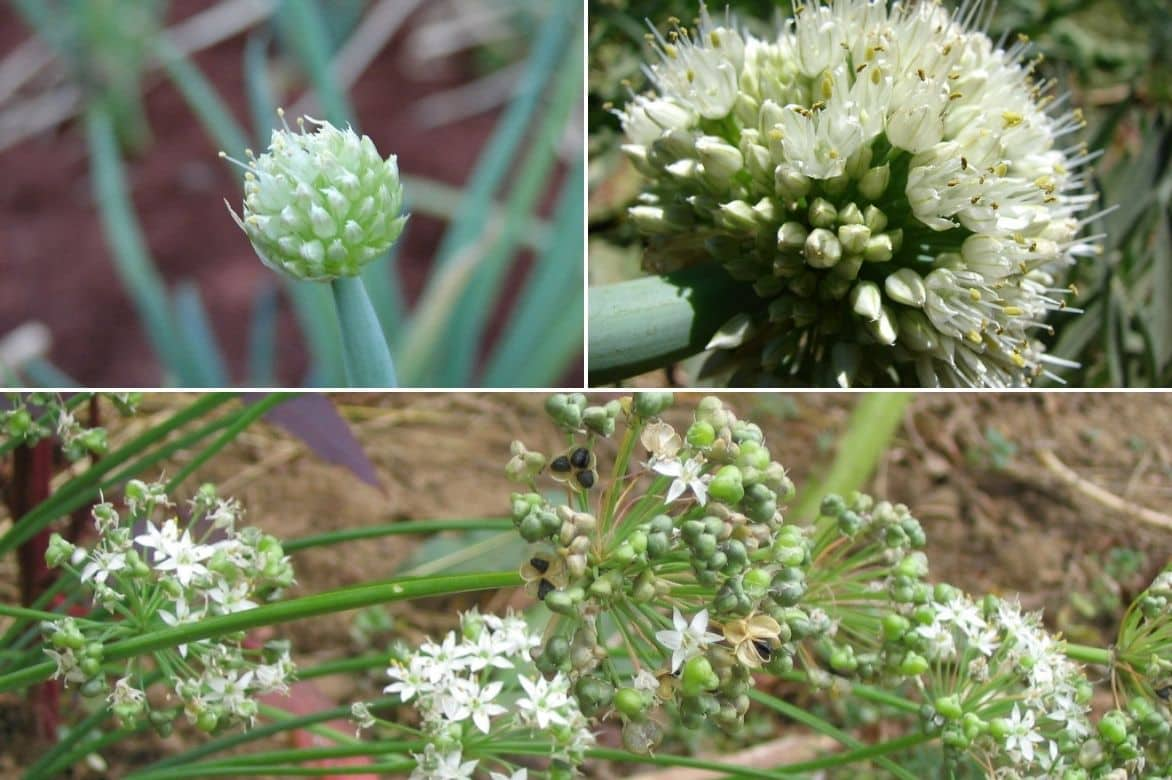
Welsh onion flowers at different stages of blooming
The Welsh onion is cultivated for its leaves, which have a flavour quite similar to onion and shallot, but more subtle and delicate. It has a persistent aftertaste and is stronger than that of chives. The pseudo-bulbs and inflorescences can also be consumed.
Read also
Successfully Propagating Your ChivesThe different varieties of Welsh onion
The type species of Welsh onion (Allium fistulosum) is declinate in several varieties with different characteristics. Thus, the common red Welsh onion produces an amber-red swelling and green foliage. It is slightly more hardy than the type species. The ‘Blanche hâtive’ Welsh onion is early but disappears in winter, while ‘White Nebuko’ develops very long stems, as does ‘Ishikura’, a perennial and very hardy variety that produces boles up to 50 cm long. ‘Long White Tokyo’ produces a single stem like a leek, and ‘Nira’ has very broad, thin leaves.
In our gardens, we can grow other Welsh onions: the Chinese chive (Allium tuberosum), also called garlic chive, is recognisable by its flat, solid leaves with a garlic flavour. Similarly, the St. Jacques Welsh onion (Allium lusitanum) or perennial shallot produces violet-red bulbs. Its clumps of 30 to 35 cm leaves do not disappear in winter, and it produces neither flowers nor seeds.

Organic Chive - Allium fistulosum
- Height at maturity 40 cm
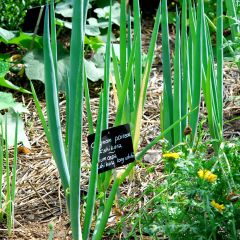
Scallion Ishikura Long White
- Height at maturity 40 cm
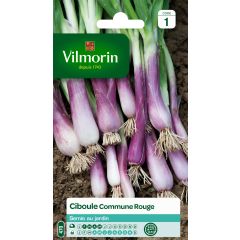
Red Scallion - Vilmorin Seeds
- Height at maturity 40 cm
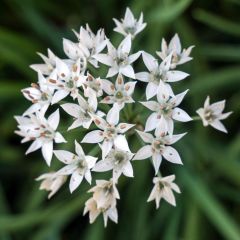
Chinese Chives plants - Allium tuberosum
- Flowering time August
- Height at maturity 70 cm
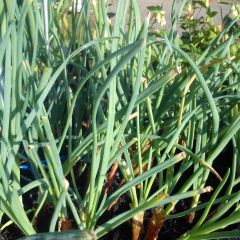
St Jacques Chives - Allium fistulosum
- Height at maturity 40 cm
Discover other Spring onion seeds
View all →Available in 1 sizes
Available in 1 sizes
Available in 1 sizes
Available in 1 sizes
Available in 1 sizes
Available in 1 sizes
Available in 1 sizes
Available in 1 sizes
Planting chives
Where to plant?
Chives thrive in ordinary, fresh and loose soil. They prefer moderately fertile ground, which means they dislike recent organic manure. Therefore, compost should be added in the previous autumn to well-loosened soil.
Chives grow equally well in full sun or partial shade.
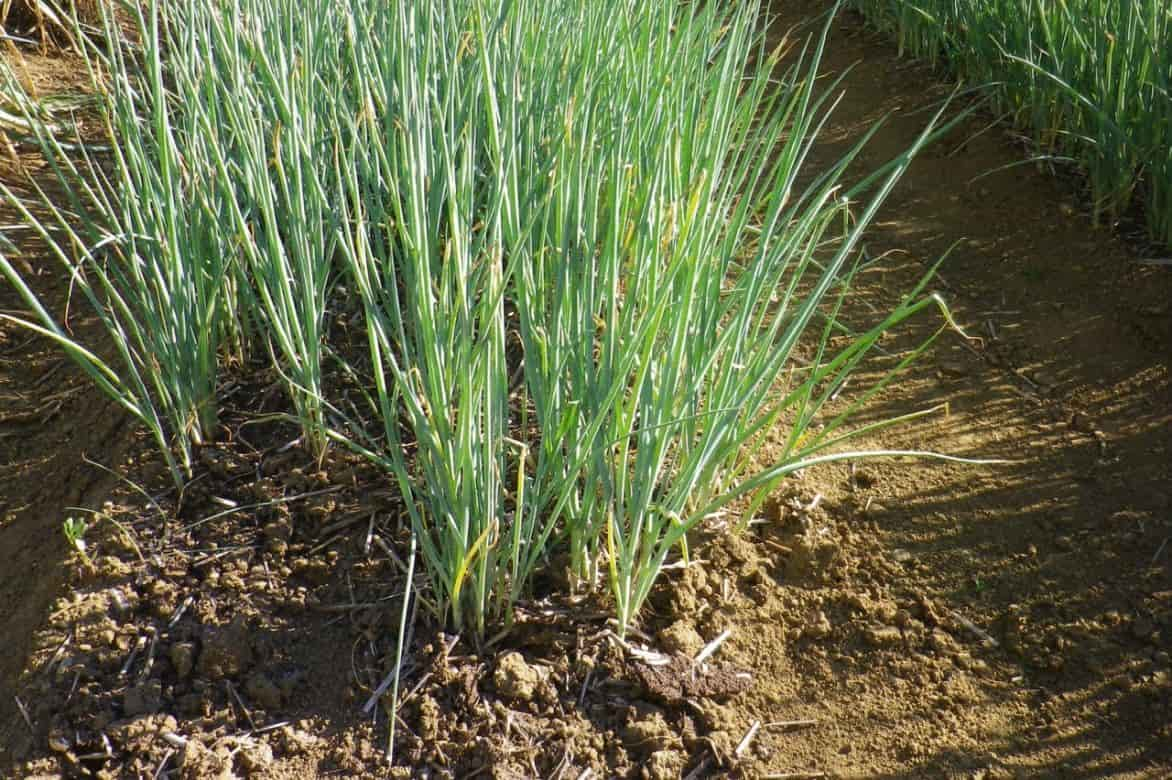
Chives prefer fresh, loose soil that’s not too rich in organic matter
When to plant?
Sowing is done directly in the ground from early March to late April. You can also sow under cover in buckets and transplant the young plants after about six weeks.
Chive plants sold in buckets can be planted in April or May, or in autumn.
How to sow?
Sow thinly in rows spaced 20 cm apart in well-weeded and aerated soil. Cover the seeds lightly and firm down with a rake. When the seedlings have 5 to 6 leaves, thin them out to leave just one plant every 20 to 30 cm. Follow the same method if planting chives in buckets.
Chives grow very well in pots on a balcony in fresh, well-worked substrate. They particularly appreciate the light shade of taller plants nearby.
Read also
Sowing aromatic herbsThe care of Welsh onion
Growing Welsh onions is quite similar to cultivating onions and shallots. Watering should only be done in the month following planting, after which it becomes unnecessary. If Welsh onions are grown in pots, allow the compost to dry out before watering. On the other hand, mulching helps maintain moist soil and limits the spread of weeds. Indeed, Welsh onions dislike competition from adventive plants, which is why it’s essential to hoe the Welsh onion beds regularly.
To encourage more productive plants, you can earth up the base of your Welsh onions. Add some well-rotted compost with a fork in autumn.
When growth resumes in spring, remove any dry leaves and stems from your young plants of Welsh onion.
A young plant of Welsh onion will produce fresh leaves for 3 to 4 years. After that, it becomes exhausted, and it’s time to divide it.
Flowering stems should be cut as soon as they appear to encourage the production of new, more tender stems—unless you want to let a plant go to seed…
Welsh onion plants should not be cut back in winter.
The propagation of Welsh onions
Welsh onions can be propagated by sowing. But to obtain new young plants or because your existing ones are tired and producing less, you can also divide them.
How to do it?
- In April, dig up your clump of Welsh onions with a garden fork
- Cut the clump in two with a hand trowel or dibber. You can also remove the “bulbs” one by one or in small clusters
- Replant the clumps in two different locations
- Water generously to firm the soil
The enemies of Welsh onion
A close relative of the onion, Welsh onion will be susceptible to attacks from the same pests, namely the onion fly, the leaf miner and the leek moth. If an attack is confirmed, it is essential to destroy the infested young plants.
However, it is recommended to prevent these invasions, first by installing insect-proof filaments, then by planting carrots nearby. It’s a mutually beneficial arrangement since carrots repel onion flies while Welsh onion repels carrot flies.
How to pair chives?
Welsh onion has its rightful place in the vegetable garden where you can plant it near carrots to deter carrot and onion flies. It also thrives in a herb garden, for example alongside chives with their violet flowering.
However, keep Welsh onion away from fabaceae like peas, beans, lentils… as they don’t make good companions.
With its often evergreen foliage and attractive flowering, Welsh onion can easily be incorporated into flower beds or borders alongside dianthus, sage (salvia nemorosa ‘Caradonna’), German iris, nepetas, masterworts, and echinacea (rudbeckias)…
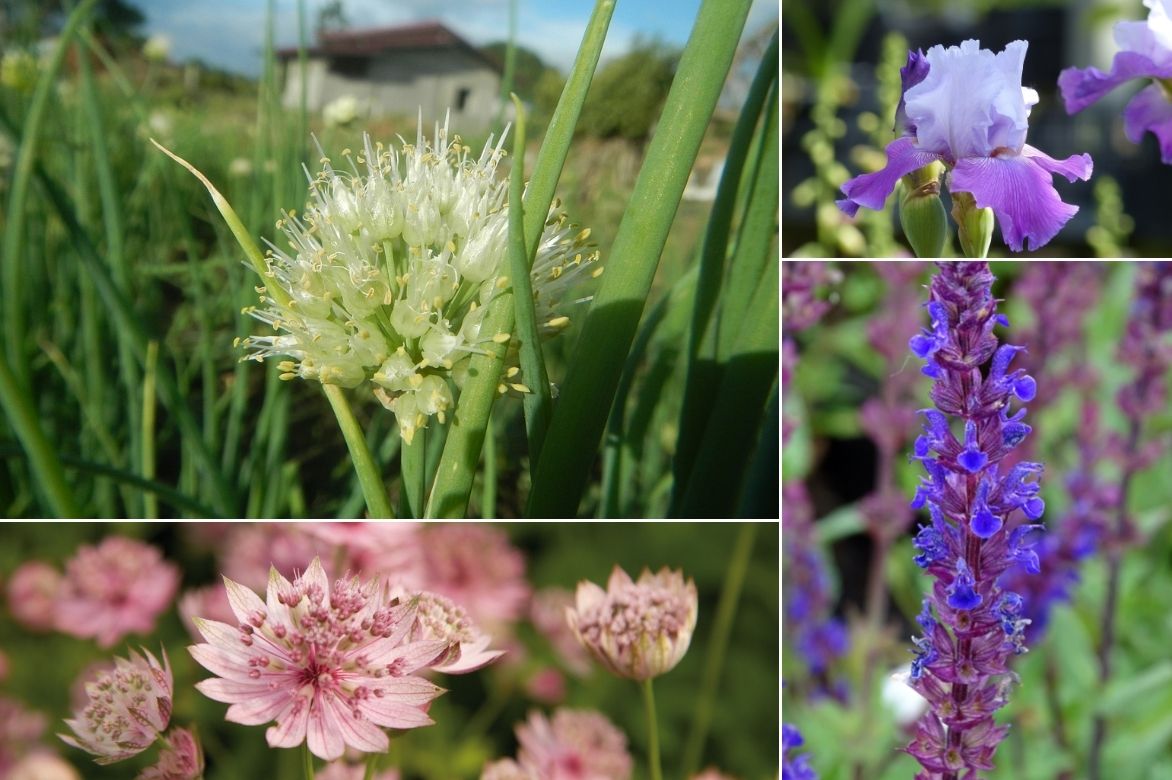
Welsh onion (©JF Velasquez Floro), Iris germanica Carl and Sissy, Masterwort Buckland and Salvia nemorosa Caradonna
Harvest and storage of Welsh onion
From 3 to 5 months after sowing, 1 month after planting, the first chive shoots can be harvested by simply cutting them with scissors. Each picking should be spaced at least one month apart to allow new stems to grow.
The harvest takes place from April to November. In regions with mild winters, it can continue without interruption. Beyond 4 to 5 large harvests per year, the chives become exhausted. Stems can be picked as needed, in small quantities.
Chive stems keep for two to three days in the vegetable drawer of the refrigerator, wrapped in a damp cloth or absorbent paper. Chives freeze easily after being washed, carefully dried, and roughly chopped.
The Chive, from Garden to Plate
The leaves, as well as the pseudo-bulb and flower of Welsh onion can be enjoyed raw or lightly cooked, in salads, sauces, or to enhance meats and fish. Simply chop or slice it finely before adding it to an omelette, quiche, stir-fried vegetables, or a soup where it will elevate the flavours.
Chinese chives are widely used in Asian cuisine, in stir-fried noodles, Peking duck, miso soup, as a tempura accompaniment, or on yakitori skewers.
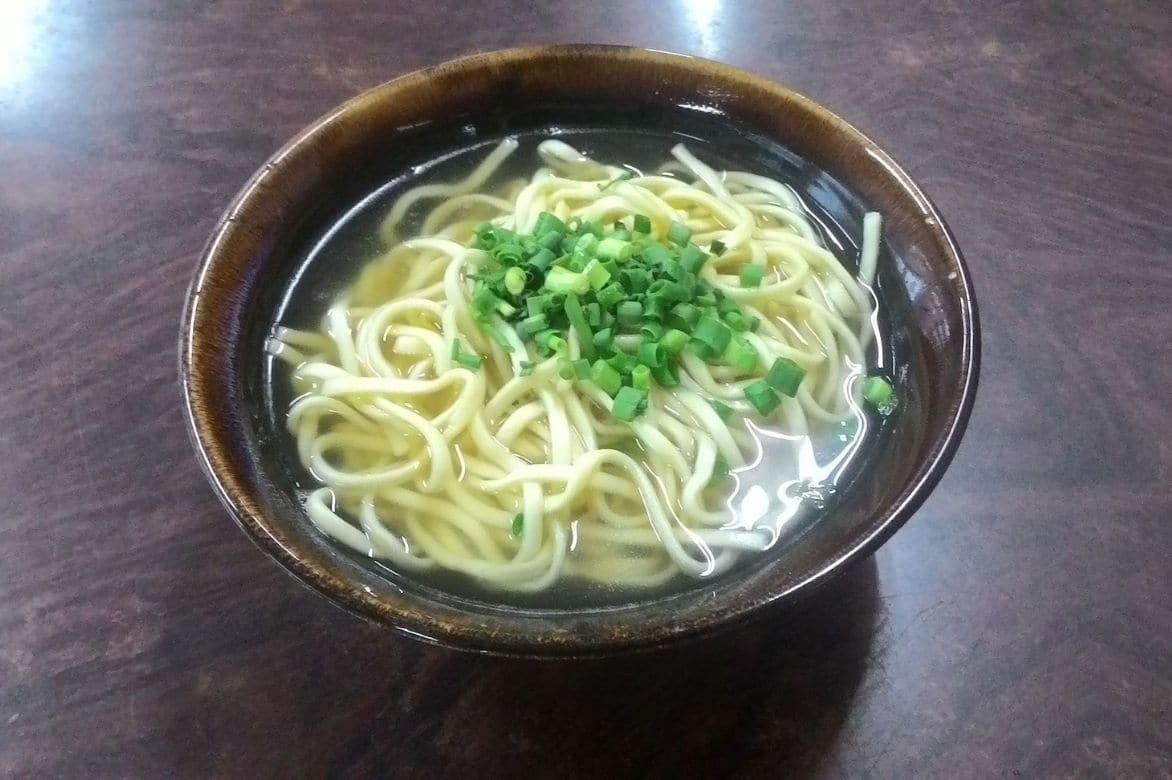
Welsh onion is widely used in Asian cuisine
It is also found in Caribbean and Creole cooking. Welsh onion is used, for example, in acras (Caribbean fritters) or in most sauces.
- Subscribe!
- Contents


































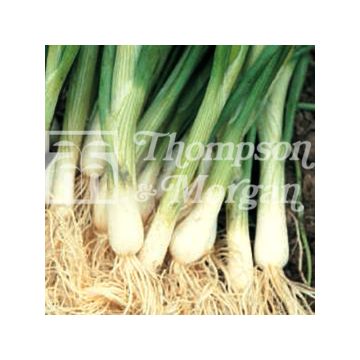
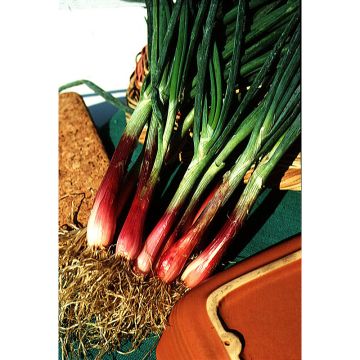
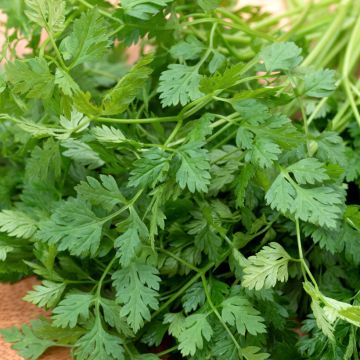
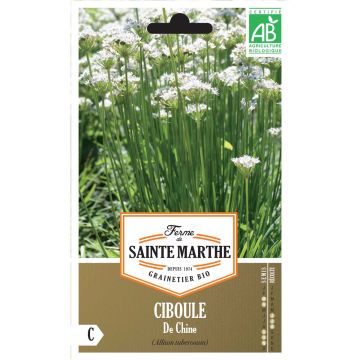


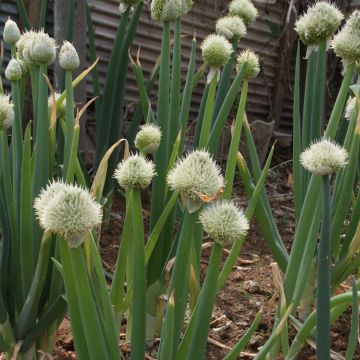
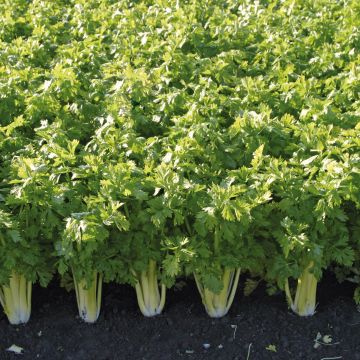
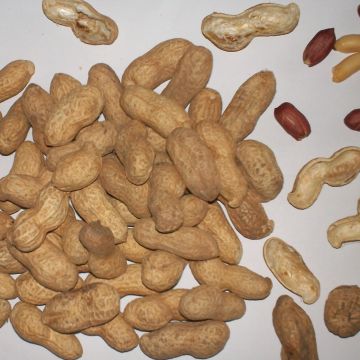
Comments